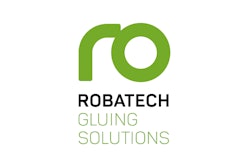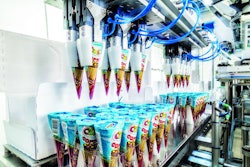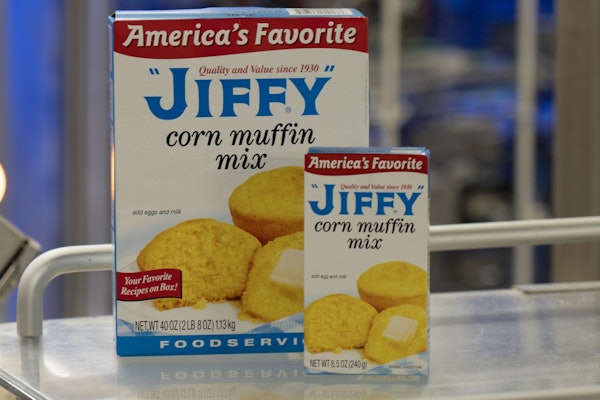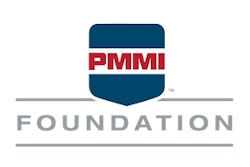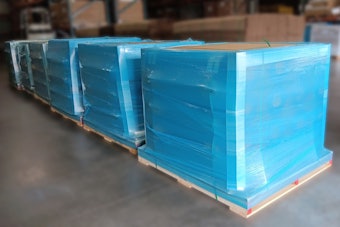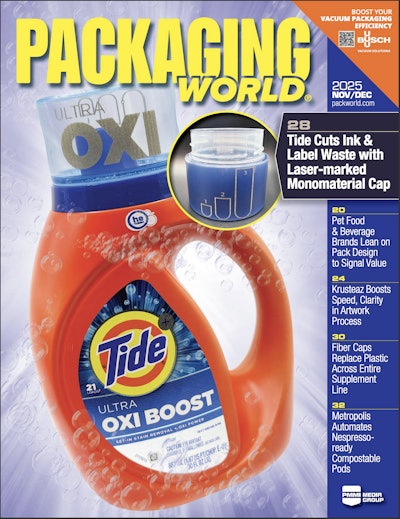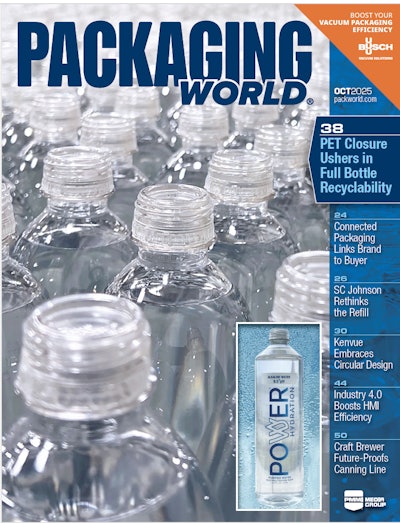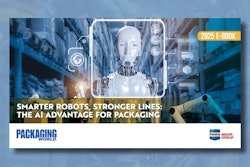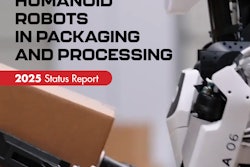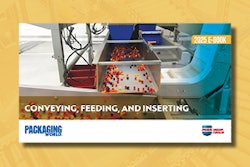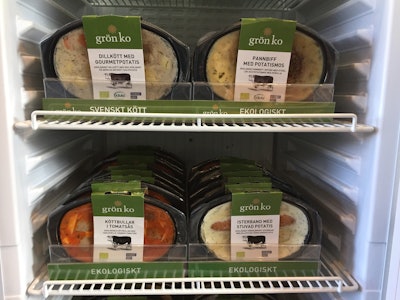
When Knut Lillenau took over his father’s dairy farm in Sweden in 2000, he probably would not have predicted that by 2017, his business would have transformed into the second largest producer of chilled ready meals in the country. Moving from dairy cows to beef cows, and then establishing a café and food store, Knut and his wife, Christina Jonsson-Lillenau, found themselves in need of a solution to utilize the non-prime pieces of beef from their cows and reduce food waste at their restaurant. What they found was an in-pack microwave cooking and pasteurization method from Micvac that allowed them to serve fresh, nutritious food at their café anytime, expand their menu, and bring their ready meals to the retail market.
“We have grown quite quickly, but at a pace that has worked quite well for us,” says Knut. In its first year using the Micvac method, Knut and Christina’s company, Grön Ko (translated as “Green Cow”), produced 1,000 meals per week. Today, with the installation of a new Micvac microwave tunnel, the company is averaging close to 20,000 per week, with the capacity to expand to 35,000, at its plant in Karlstad.
Coming in second after Swedish chilled ready meals producer Gooh!, which markets its products as being developed by a popular chef in Sweden, Grön Ko differentiates itself by advertising its use of ecological beef-production practices and the use of the Micvac method, which preserves the nutrition, taste, and color of the product—potentially up to 60 days, but advertised for up to 38.
A ‘natural’ evolution
Knut’s decision back in the early 2000s to move from a dairy business to beef was based on the dairy’s poor economic potential. In switching to beef, Knut was committed to organic farming. “We wanted to be better, to produce the best meat possible,” he says.
Grön Ko’s farm in Mässvik, Sweden, comprises a mix of 200 Hereford and Aberdeen Angus cattle at any given time. As Christina explains, the cows are “slow-growing,” which means they are grass-fed for two to three years before being slaughtered to produce the best marbling and taste. This is opposed to the traditional method of beef production, where cattle are raised on corn and wheat for one year.
Once Grön Ko’s cattle are slaughtered—two to three per week—the slaughterhouse hangs the meet for seven to 10 days to increase tenderness. They then cut the meat into large portions and vacuum-pack it. Back at Grön Ko, the meat is stored for another week, then cut into its various parts, after which it is vacuum-packed again and stored for another week, all to increase the flavor and tenderness.
By that time, the beef can only be refrigerated for another week before it needs to be frozen, which doesn’t give Grön Ko the time to sell the product at retail. Because of this, in 2008, Knut and Christina opened a café and food store to sell their prime cuts of beef as well as locally sourced products. Due to the time it takes to grow the cattle and prepare the meat, the product fetches a higher price. Grön Ko’s strategy to justify that cost to the consumer has been to present them with the details of each cut—how it was produced, the type of cow, etc.
What Grön Ko quickly found was that a single cow yields just 18 kilos of fine meats, such as sirloin, filet, and entrecote; the other 200 kilos is of less high quality, for example, meat used for hamburgers. “We had mountains of meat,” says Christina. Adds Knut, “The whole calculation was what to do with these parts, and how to get the right price for these other goods.”
Grön Ko’s solution was to begin preparing hot lunches at its restaurant, such as casseroles, using the “production meat,” as Knut calls it. But calculating the amount of food needed each day at its café in Värmlandsbro was a challenge. Explains Christina, “We made things like meat pies and stews, but if it didn’t get eaten in two hours, we’d have to throw them away [per Swedish law]. So it wasn’t sustainable.”
Then Knut heard about the Micvac method when he met with the inventor of the process, Dr. Joel Haamer. Dr. Haamer advised him that with the microwave pasteurization technology, Grön Ko could keep its meals fresh over a long period of time. Grön Ko started with the Micvac process using a portable lab, producing meals just for its restaurant. The process enabled them to expand its menu to six entrees, cooking meals as needed.
As the popularity of the products grew, the company expanded with a pilot microwave tunnel, and in November 2016, it purchased an end-to-end packaging line for the ready meals, which are now sold at the three largest food retailers in Sweden: Axfood AB, ICA Sweden, and Coop Norden.
An integrated system
The MicVac method is made up of several components. The first is a preformed polypropylene tray, the Flextray, specially designed and patented by Micvac and produced under license. The tray was engineered for optimization during both the cooking/pasteurization process and the consumer usage stage. The tray’s flexible bottom allows for controlled deformation as air leaves the package during cooking/pasteurization and then as a vacuum is created during cooling. The oval shape of the tray makes it microwave-friendly and prevents uneven heating such as burned edges during preparation of the product by the consumer.
The next component is a peelable lidding material, made up of a lamination of polyamide nylon and PP. Onto the film is applied a patented valve capable of opening and closing multiple times. According to Micvac, the valve is constructed in layers with a special adhesive in between. As the temperature rises during cooking/pasteurization, the air pressure opens the valve to release the steam, and with it, the oxygen molecules in the package. As the product cools and the steam condenses, the valve closes and a vacuum is created in the package. When the consumer heats the meal in the microwave oven at home, the valve opens again to release steam, making a whistling sound when the meal is ready. Micvac produces the valve in-house at its plant in Mölndal, Sweden.
The final component of the system, built and supplied by Micvac, is the microwave tunnel used for cooking/pasteurization. As the filled and sealed trays are conveyed through the tunnel, their contents are heated continuously and uniformly, both along and across the tray. The process is quick—from four to 10 minutes, depending on the makeup of the product. Micvac offers the microwave tunnel in modules to make it easy for packagers to increase capacity when needed.
According to Micvac, studies conducted by KIN Lebensmittelinstitut in Germany have shown that the microwave system is more energy efficient and offers significant cost and time savings versus traditional retort processes. In addition, KIN has shown that the shorter thermal processing time results in better preservation of the taste, nutrition, color, and texture of the product.
Full line arrives in 2016
As mentioned, Grön Ko initially tested the waters of microwave pasteurization with Micvac’s lab kit. The kit included hand sealers to apply the lidding film, which was supplied in rolls with the valve already attached, along with 10 small microwave ovens with inverter technology. As Niklas Bohlin, International Key Account Manager for Micvac explains, the microwave oven looks similar to a household unit, but uses continuous, rather than intermittent heating.
By manually filling the trays, sealing them with the hand sealers, and cooking them in the microwaves, Grön Ko was able to produce 200 meals per day. Its customer base quickly grew beyond its shop—where it not only served the food, but also sold the product—to other restaurants as well as hotels and senior living facilities. Ultimately it found the best way to reach the consumer was via retail.
In 2012, Grön Ko purchased a 144,000-sq-ft facility in Karlstad, formerly a dairy, and established Matmejeriet AB. The building houses 40 food producers and other businesses, along with Grön Ko. Here they installed a small, pilot line. The first year, they produced 1,000 meals per week; in 2013, they produced 2,000 per week; in 2014, 4,000 per week; and in 2015, 8,000 per week. In 20016, they assembled a complete end-to-end packaging system, expanding to an 82-ft microwave tunnel with infeed.
At the head of the line, operators fill the trays with those raw ingredients that cannot be automatically filled, such as vegetables and precooked meat, as the trays pass by single-file on a conveyor. Each ingredient is carefully weighed, as the microwave tunnel is optimized for the weight and composition of the product. Next, ingredients such as sauces are added to the tray using a piston filler.
After filling, trays advance to the sealing station, equipped with a G. Mondini tray sealer. As the film is fed into the machine, a small hole is punched into the lidstock, over which the patented valve is applied using. The trays are heat-sealed with the film plus valve four at a time in the sealer. The sealed trays are then diverted into three lanes and conveyed to the infeed of the Micvac. In the tunnel they are cooked and pasteurized for a predetermined number of minutes at approximately 98ºC.
As the cooked and pasteurized meals exit the tunnel, steam trapped inside the tray immediately begins to condense. This causes internal vacuum pressure to build, causing the bottom of the FlexTray to curve upward while the lidding film is pulled down toward the food contents. A scale weighs the trays after they exit the tunnel to ensure a consistent weight of 400 g.
Next, trays are carried on a spiral conveyor for an hour, until their contents have cooled to approximately -8ºC. Potato or rice dishes remain on the conveyor longer, as they will still cook for a while after exiting the tunnel. On the last leg of their journey, the trays are single-filed once again and are carried to the infeed of an ETW 201 automatic sleeve applicator from Emballage Technologies, where sleeves are applied and then glued with a Robatech adhesive system. The final step is metal detection, performed by a Cassel Shark 2 metal detector.
Communicating benefits to consumers
As Grön Ko’s capabilities and the popularity of its meals have grown, so too have its offerings. It’s selection now include 20 varieties, among them traditional Swedish dishes as well as ethnic specialties. It also produces private-label products for ICA under the retailer’s “I love eco” organic brand. But, says Knut, Grön Ko is still a small company, and there is still a ways to go before chilled ready meals become more mainstream in Sweden. “In Sweden we eat a lot of frozen ready meals,” he says. “In England or even in Norway, 80 percent of the market is chilled ready meals, and 20 percent is frozen. In Sweden, historically it’s been 80 percent frozen and 20 percent chilled.”
Grön Ko is working to change that, by educating consumers at its store and on its website on the benefits of the Micvac method, including a fresher, preservative-free product and a longer shelf life. Grön Ko guarantees 38 days, but products can remain fresh up to 60 days. In communicating with its consumers, Knut says the company focuses more on how an extended shelf life can reduce food waste—a big consumer concern—rather than on the 38-day figure. It’s still early days for consumers to accept that a product is fresh if it has a 38-day shelf life.
Through the installation of the Micvac system and its increased retail distribution, in 2016, Grön Ko’s sales doubled—to US$5.5 million—over 2015. Not bad for an enterprise that started as a medium-sized dairy farm.







